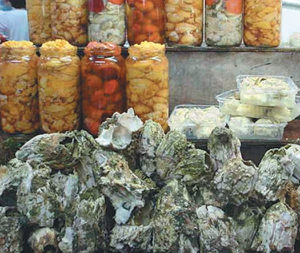
Aquaculture diversification in Chile: Potential of giant barnacles
Current work to support culture of giant barnacles illustrates the process of developing production technologies and their transference within Chile.
Although widely used in aquaculture applications, some synthetic polymer liners can release toxic substances into culture water and affect animal health.

Current work to support culture of giant barnacles illustrates the process of developing production technologies and their transference within Chile.
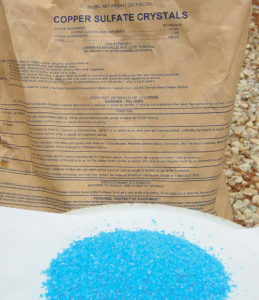
Copper sulfate is widely used as an algicide in ponds and other aquatic systems. Although copper quickly disappears from pond water, cupric ions can be harmful to aquatic animals.
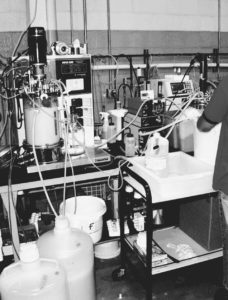
West Virginia University developed a lipid and protein recovery process from byproducts that reduces disposal concerns in the process of fish processing.
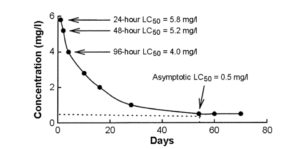
LC50 – the concentration of a substance that is lethal to 50 percent of the organisms exposed to it in a toxicity test – is a useful tool because it can predict the effects of a potential toxin in aquaculture systems.
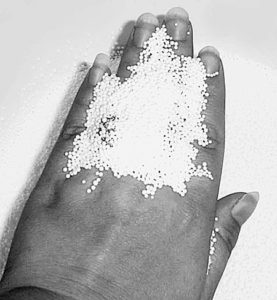
Microbead filters are an effective filtration solution that can be scaled to large production systems at a lower cost of operation than fluidized-sand bed filters.
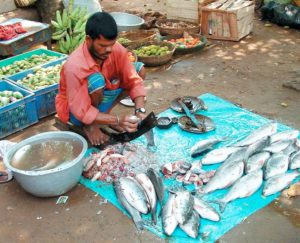
Genetic improvement through selective breeding is an important technology for output and for resource efficiency in Indian carp production.
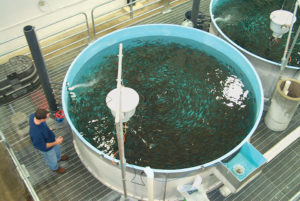
As confirmed in a U.S. study, partial-reuse systems are effective alternatives to traditional, serial-reuse raceway systems for salmonid culture.
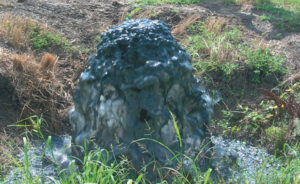
Drainage ditches on catfish farms function as settling basins that remove sedimentation and reduce nutrient loads from effluents before they enter receiving waters.
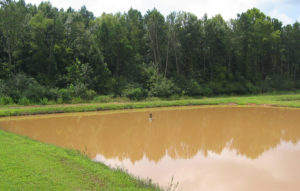
Water turbidity caused by suspended soil particles decreases productivity in culture ponds. Erosion control is the logical first step in correcting muddy ponds.
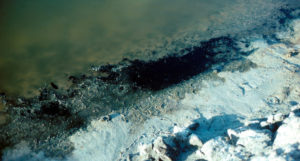
Sedimentation increases organic matter concentration in pond bottom soil. Particles originating from mineral soil and organic matter that do not float or dissolve settle to the bottom.
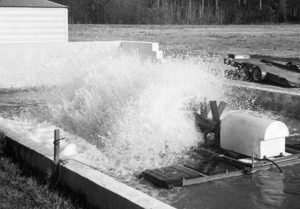
Mechanical pond aerators increase the rate at which oxygen from air enters water by providing a greater surface area to facilitate diffusion.
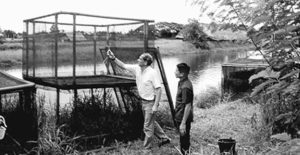
Integrated cage-cum-pond systems are high-value species are stocked in cages suspended in ponds with filter-feeding species stocked in open water.
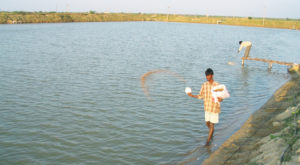
Feeding allows much greater production of fish and shrimp, but nutrients in feed are not converted completely to fish or shrimp flesh.
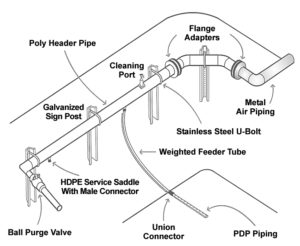
For shrimp growers committed to using mechanical aeration and intensive culture densities, electrical power consumption is a major cost.
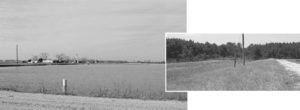
The authors integrated a vegetated filter strip into a commercial catfish pond to capture effluent as part of best management practices.